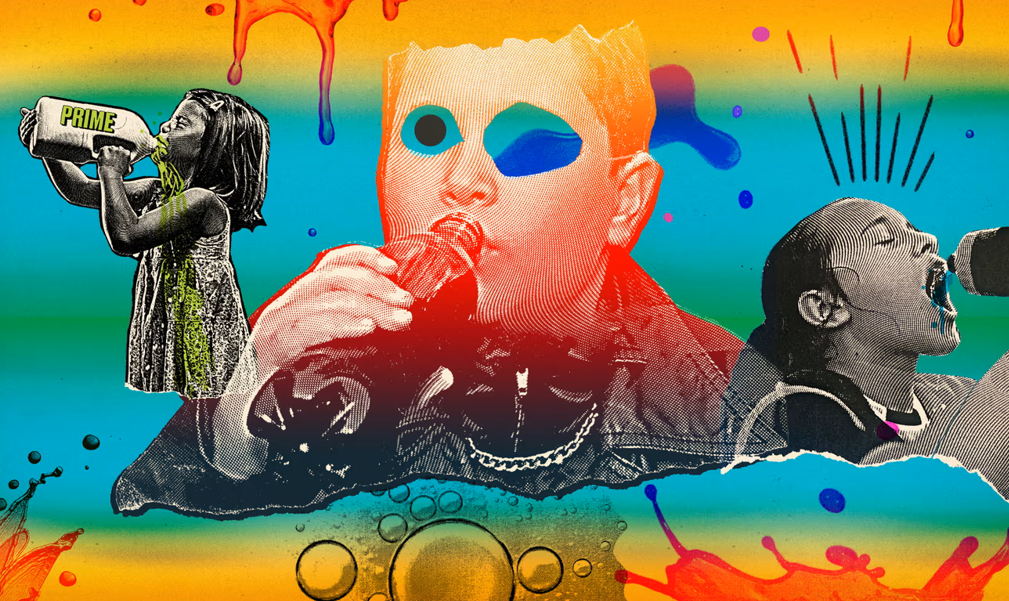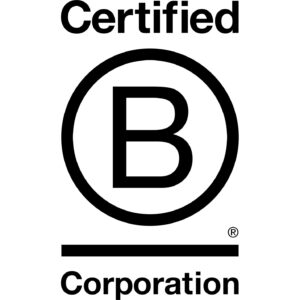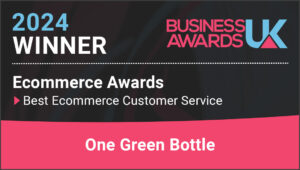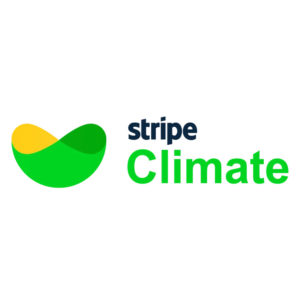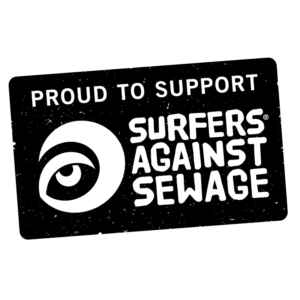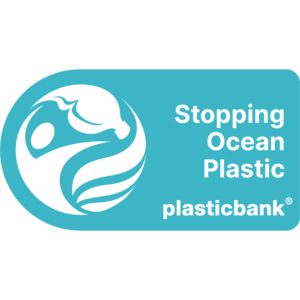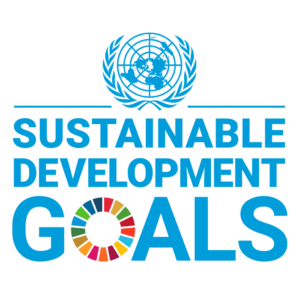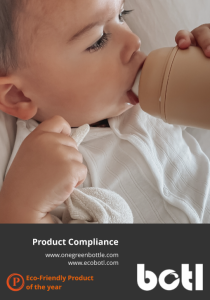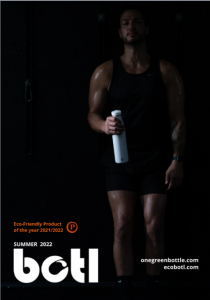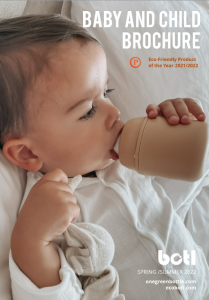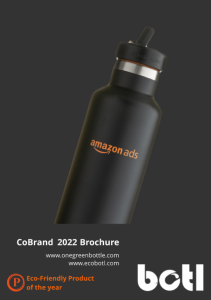Alarm is spreading over kids’ thirst for the highly collectible, highly caffeinated Prime Energy, but it’s not first time companies have marketed energy drinks for children
Their young fans across the US and UK were captivated. Almost immediately, the drink became a rare commodity, and therefore precious. Young people posted YouTube and TikTok videos of their epic quests through convenience stores to find it, sometimes at ridiculously marked-up prices. They charged each other exorbitant sums in playgrounds for open bottles and amassed collections of all nine flavors. Paul and KSI and their partner, Congo Brands, made a reported $250m from the brand – which does, undeniably, actively target children in its marketing – in 2022. And adults, for the most part, were oblivious.
In January 2023, a year after the debut of Prime Hydration, Paul and KSI expanded into the energy drink business. Prime Energy comes in most of the same super-sweet fruity flavors as Prime Hydration. It derives its power not from sugar but from coconut water and taurine, an energy-producing amino acid, as well as – crucially – 200mg of caffeine per serving. Red Bull, by contrast, has a mere 80mg per serving, while Monster has 160mg, and a cup of coffee has between 100 and 200mg, depending on how it’s brewed (or 300mg if it’s a Starbucks Grande). Comparisons aside, one can of Prime Energy far exceeds the FDA’s recommended daily maximum caffeine dose of 100mg for people between 12 and 17. (The maximum for adults is 400mg; children 11 and younger shouldn’t drink caffeine at all.) By summer, adults had heard of Prime Energy and decided it was time to worry.

In early July, Chuck Schumer, the Senate majority leader, urged the FDA to investigate Prime. “One of the summer’s hottest status symbols for kids is not an outfit, or a toy,” he intoned at a press conference. “It’s a beverage – but buyer and parents beware because it’s a serious health concern for the kids it so feverishly targets. Prime is so new that most parents haven’t a clue about it, but it is born from the reels of social media and the enigmatic world of influencers.” In a letter to the FDA he urged the agency to investigate “insufficient warnings about caffeine content” and “to seriously consider Prime’s target market of children as part of any investigation”. This is far from the first time Americans have been alarmed over kids’ consumption of caffeine.
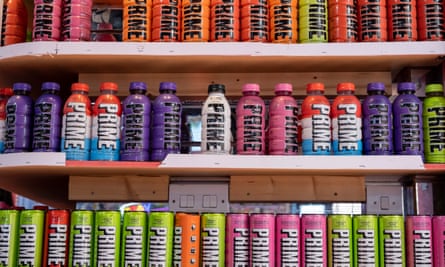
It could be argued that Prime Energy follows those rules: the packaging and website state the caffeine content and that the drink is intended for people over 18. Crucially – as Paul recently pointed out in a Tik Tok Post in which he read a statement from his phone, shirtless in a boxing gym, apparently annoyed about the interruption to his workout – Prime Energy and Prime Hydration are different drinks. One comes in a bottle (Hydration), one in a can (Energy). But many would say Prime and other energy drinks don’t go nearly far enough. Both feature sweet flavors and colorful packaging which feel clearly designed to appeal to children, said Frances Fleming-Milici, the director of marketing initiatives at the Rudd Center for Food Policy and Health at the University of Connecticut, as does a marketing strategy which centers around influencers beloved of under 18s, YouTube and video games.
But regulation of energy drinks is an uphill battle. Of all the efforts to ban selling energy drinks to kids – there have been many over the past 15 years, in more than a dozen states – the only one that was successful concerned alcoholic energy drinks, after several college students were hospitalized for alcohol poisoning after drinking Four Loko.
The FDA still hasn’t imposed any specific regulations on nonalcoholic energy drinks. While people have been hospitalized after consuming too many energy drinks, and some have even died, it’s hard to pinpoint energy drinks as the immediate culprit. When Davis Cripe, a 16-year-old from Chapin, South Carolina, died of a heart attack in 2017 after downing a McDonald’s latte, a large Mountain Dew and an unspecified energy drink in the span of about two and a half hours, the county coroner told newspapers that it wasn’t necessarily the caffeine that was to blame but the fact that Cripe had consumed it so quickly.
It has yet to be scientifically proven exactly how bad energy drinks are for kids, and if they are any worse than caffeinated soda or coffee. There have been plenty of scientific studies of the effects of caffeine, both good (increased alertness, better athletic performance) and bad (increased stress and aggressive behavior, high blood pressure, poor sleep, stomach irritation), but very few have been exclusively concerned with energy drinks, or the interactions between caffeine and other commonly found ingredients such as yerba mate, guarana or taurine.
Sports medicine physician Elan Goldwaser, DO, reports. “Energy drinks need to be used with caution and shouldn’t be a source of hydration or nutrition, especially not for children.”
And hydration drinks, including those made by Prime, should be scrutinized as well.
“It’s confusing because people see vitamins in an energy or hydration drink and think it must be good for you,” says Goldwaser. “But you cannot ignore all the added sugar and sugar equivalents, chemicals, and caffeine in these drinks, which can lead to neurodevelopmental issues, anxiety, headache, hypertension, mood alteration, insulin resistance, and cardiovascular issues, and more, including caffeine toxicity.”
Goldwaser explains energy drinks and why being hydrated is important to our health:
What does it mean to be hydrated?
When there is the right amount of water inside and outside of each cell in the body, a person is hydrated. On a more real-world level, to be adequately hydrated means the amount of water we take in should equal the amount of water we let out.
Why is being dehydrated bad?
When dehydrated, the body cannot function at peak performance. We feel sluggish, slow, tired, and thirsty. An even bigger problem with dehydration is that our organs cannot function properly without enough water in them. Our kidneys begin to strain, our heart has to pump harder, even our brain can’t think at a fast speed or with enough alertness when we’re dehydrated. All this can lead to permanent damage to our bodies.
How do you know you’re hydrated?
When properly hydrated, you feel more energetic and have better physical performance. Your urine is light yellow, near-clear, or clear; your lips and skin are soft; you are not thirsty.
Cracked or pruned lips, dry eyes, cotton-mouth, and dry/scaly skin can be indicators of dehydration.
How much should you drink?
A person’s hydration needs are unique to them. Activity levels, age, size, overall health, and the weather and climate are all factors.
Our bodies are made of 60% water, so it’s very important to replenish what we lose through sweat and going to the bathroom.
There are different ways to calculate water needs. One way is to keep an eye on hydration status through the color of your urine: The darker and more yellow it is, the more water you need. Everyone’s goal should be to have near-clear color to their urine.
My advice is always to stay ahead of it, especially when it’s hot. Take frequent water breaks in shaded areas, because heat illness is very dangerous but completely preventable with forethought.
Are energy drinks good sources of vitamins and minerals?
No. Regardless of what the energy drink contains or claims to contain, energy drinks are never good sources of vitamins and minerals. That’s why they’re called supplements. Energy drinks can supplement a diet already rich in vitamins and minerals.
Should you drink products with electrolytes?
No. It can be okay to get electrolytes from drinks, but the amount of sugar and/or caffeine is a problem. Sugar molecules pull water out of the body and into the bloodstream and caffeine causes increased urination; together they double up and lead to quick dehydration. It’s better to get electrolytes and your nutrition in general from food, rather than supplements, including energy drinks.
Reference: https://www.theguardian.com/business/2023/jul/27/prime-energy-drinks-teenagers-alarm-marketing
https://www.cuimc.columbia.edu/news/can-you-hydrate-energy-drinks
